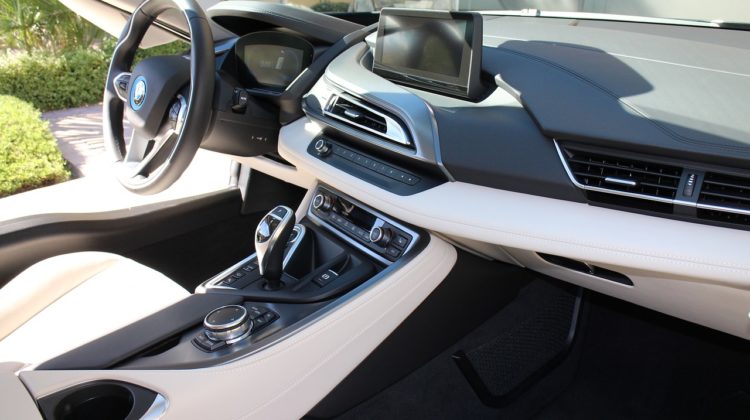
Luxury cars go green inside
As automakers push toward embracing the electric motor, questions are rising about accessories: Can a car truly be green if the cabin is coated in leather and plastic?
Luxury brands are leading the way in exploring more environmentally friendly options. Recycled and sustainable materials are challenging the staid leather, wood and wool template that has dominated the category since the time of royal horse-drawn carriages.
Mercedes-Benz has incorporated a host of new materials. Dinamica, a sueded fabric made from recycled plastic bottles and clothing fibers, covers seats. Karuun, a compressed timber product made from sustainably harvested rattan, is used on floors and dashboard trim.
Bentley has experimented with Vegea, a vegan leather made from grape skins, seeds and stalks. Porsche is working on a recycled vegan leather door panel made by Natural Fiber Welding.
And Polestar — Volvo s new premium electric brand — has carpets made from recycled fishing nets and is using a flax-based composite to replace plastic in its dashboards and center consoles. Polestar also is experimenting with a cork-based vinyl inspired by fabrics for camping and adventure gear.
We have tried to create materials that are not emulating leather, said Max Missoni, Polestar s head of design. We are a new electric vehicle brand. So our mission really is to look at trends and societal changes, and derive whole new aesthetics from those things.
Many of these materials also are focused on saving weight because lighter cars can travel farther on the same amount of battery charging.
Our material can cut the weight of interior panels by up to percent, said Per Martensson, chief sales officer for Bcomp, the Swiss supplier making Polestar s flax-based composite. So we reduce the plastic content drastically, and we increase the performance.
In their quest for environmental friendliness, designers also are considering simpler sustainable materials, including glass, ceramics, hemp and even paper.
Car designers are keeping a close eye on the furniture industry, which is facing many of the same issues.
Furniture needs to survive for a number of years, so from a durability perspective, it s interesting to see what is possible there, said Belinda Günther, Mercedes head of color and trim.
Sustainable materials also are finding their way into high-end housewares and decor. Clients, especially families, really like a lot of these recycled products because they wear well — they re extremely durable, said Young Huh, an interior designer in New York.
Headliners, carpets, seat foam and door panels are the key areas being explored for automotive replacement materials. Designers say more significant transformations to save weight and reduce plastics will take place by focusing on the materials onto which decorative elements are attached.
We are looking into what we call the underwear of the car, said Günther. To get a higher amount of recycled materials into the plastic carrier, or really go on to a natural carrier.
Still, the most beneficial environmental change an automaker can make is to produce more battery-powered vehicles, said John Voelcker, an analyst on automotive sustainability.
An electric car with interiors made out of anything short of baby panda skin is going to be way better for the planet than a gas-powered vehicle with an all-recycled interior, he said.
